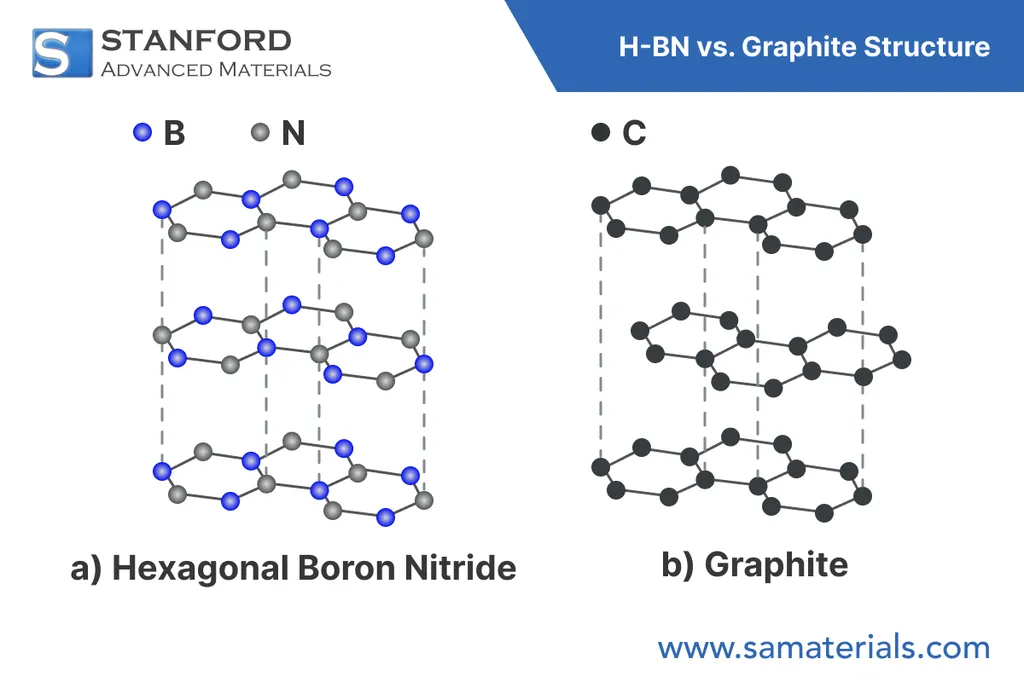In the relentless battle against corrosion, a formidable adversary that costs industries billions annually, researchers have turned to an unlikely hero: hexagonal boron nitride (h-BN). This two-dimensional wonder material is emerging as a game-changer in anticorrosion coatings, particularly for the energy sector, where harsh environments and extreme temperatures pose significant challenges.
Onurcan Kaya, a researcher at the Catalan Institute of Nanoscience and Nanotechnology (ICN2) in Spain and RMIT University in Australia, has been at the forefront of this research. “Traditional coatings have served us well, but they have limitations,” Kaya explains. “They can degrade over time, especially in aggressive environments. h-BN offers a new paradigm with its exceptional stability and insulating properties.”
Corrosion is a pervasive issue in industries like oil and gas, where metallic structures are constantly exposed to corrosive elements. Traditional organic and metallic coatings provide some protection, but their durability is often compromised in extreme conditions. Graphene, another two-dimensional material, has been explored for its impressive strength and impermeability. However, its high electrical conductivity can inadvertently promote galvanic corrosion, a process where one metal corrodes preferentially when in electrical contact with a more noble metal in the presence of an electrolyte.
Enter h-BN, a material that combines chemical stability, impermeability, and electrical insulation. “h-BN is like a shield that not only blocks corrosive elements but also prevents the electrical currents that can lead to galvanic corrosion,” Kaya elaborates. This makes it particularly suited for long-term protection in highly corrosive or high-temperature environments, such as those found in energy production and refining processes.
However, the journey to harnessing h-BN’s full potential is not without obstacles. Structural defects, agglomeration of nanosheets, and poor dispersion within coatings can limit its performance. To overcome these challenges, researchers are exploring novel functionalization strategies and scalable synthesis methods. “We’re looking at ways to make h-BN more compatible with polymer matrices and improve its dispersion within coatings,” Kaya notes. “This involves advanced techniques like surface functionalization and the development of hybrid systems that integrate h-BN with other materials.”
The incorporation of h-BN into composite materials has shown promising results, enhancing durability, adhesion, and overall performance. Future directions for h-BN research emphasize scalable fabrication techniques to produce large-area, defect-free coatings suitable for industrial deployment. These advancements could revolutionize anticorrosion technologies, offering more reliable and long-lasting protection for critical infrastructure.
As the energy sector continues to push the boundaries of exploration and production in increasingly challenging environments, the need for advanced anticorrosion solutions becomes ever more pressing. The research published in *JPhys Materials* (translated to *Journal of Physics Materials* in English) highlights the transformative potential of h-BN, paving the way for next-generation coatings that can withstand the harshest conditions.
In the words of Kaya, “The future of anticorrosion lies in innovative materials like h-BN. By bridging the gap between fundamental research and industrial applications, we can develop solutions that not only protect our infrastructure but also enhance safety and reduce maintenance costs.” As the energy sector embraces these advancements, the dream of corrosion-free infrastructure may soon become a reality.

